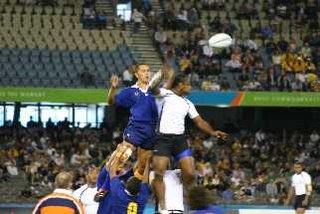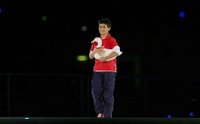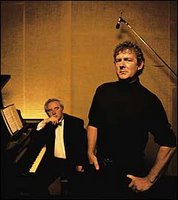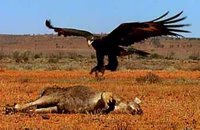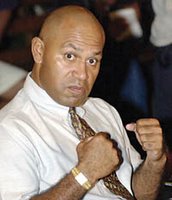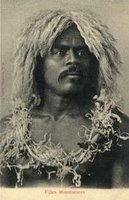


from Wendy
The two main species of turtles in Fiji are the green turtle (Chelonia mydas), locally called vonudina and the hawksbill turtle (Eretmochelys imbricata), locally called taku. In earlier times there were two main ways of catching turtles in Fiji. First was to make a rope fence near the shore to catch turtles as the tide changed. The main way however was for men to go out into the deeper sea in boats and dive after a turtle, grab them around the flippers and hold their breath as the turtle took them down deep into the water.
When the men returned from catching turtles in this traditional way, there was often singing and teasing by the women as they welcomed the men back. Sometimes the women pelted stones or threw spears at the men, or the women would swim out to try to submerge the outrigger or cut the rope or joke and duck the men. Probably the missionaries two centuries ago thought these songs and activities were frivolous and about promiscuity so they were banned - as much as possible.
The following story is adapted from Hocart's observations, published in 1922 when he wrote about the Naseakula people and turtle fishermen.
John from Tuatua had caught the turtles. The fishermen had their faces painted red, or black and red, and the women on the beach sang Viri vono, cabe mai, Liliwa ni koto i wai. (Turtle catches come ashore, cold with lying in the water). The men's response was Au tamu moce ko ya, au moce mai se ni biau ( I do not sleep. I sleep on the foam of the surf.) Then the women attacked the men with sticks and tried to put the turtles back in the water and tried to let the turtles escape. John's turtle was taken to Elima, a member of this clan, then on to give to the Tui Labasa, Adi Losalidi, the female leader of the tribe.
Turtles are still occasionally caught in the Mali passage area and up to a few years ago the flesh was sold in Labasa market. However normally turtle meat is only for chiefly or ceremonial occasions and it is a good thing to place a tabu on the reefs along the Macuata coast. Degei, who now lives at Vatuadova village is a traditional turtle fisherman but only goes out when there is a special occasion such as when there was a church retreat at Nukutatava.



